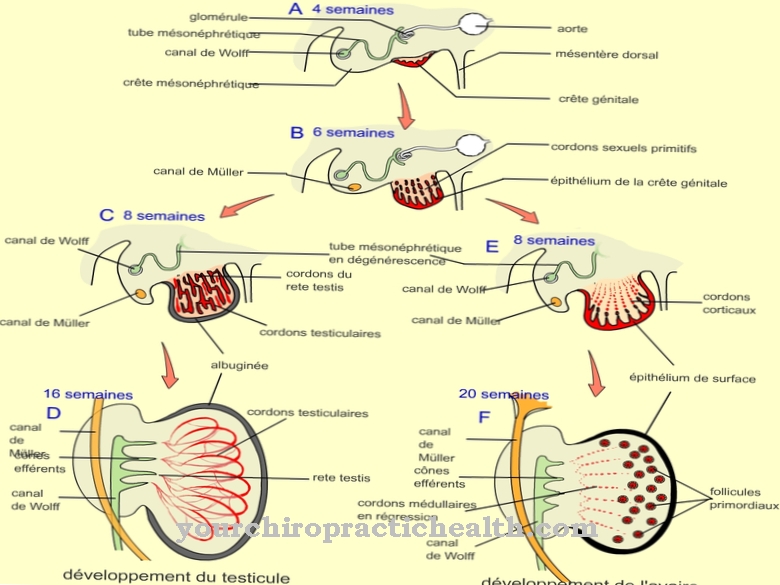The Reaction norm corresponds to the genetically created range of possible variations of two phenotypes of the same genetic material. The final characteristic expression within this specified range depends on the respective external environmental influences. The range of modifications also plays a role in the context of genetic disease dispositions that do not automatically lead to the actual disease.
What is the response norm?

The genotype is the hereditary image of an organism and is considered a representative of the genetic makeup and thus the framework of the phenotype. The genotype thus determines the possible range of morphological physiological traits in the phenotype. Due to the principle of phenotypic variation, considerable differences in individual characteristics can occur despite the same species affiliation.
The phenotypic variation forms the basis for evolutionary changes. Even with the exact same genotype, phenotypic variation cannot be ruled out. Identical twins with 100 percent identical genetic material can therefore correspond to different phenotypes to a certain extent.
The phenotypic variation with the same genotype is to be understood as a reaction to environmental influences. Hereditary creatures develop many different characteristics when exposed to different environmental stimuli and thus differ in their appearance. Changes in the phenotype caused exclusively by environmental influences and thus without genetic differences are adaptation reactions, which are also referred to as modification.
The extent of the ability to modify is a reaction norm in the genes themselves. The genetic reaction norm is thus the specific range of variation of the phenotype with the same genotype. The term reaction norm goes back to Richard Woltereck, who first used it at the beginning of the 20th century. The term is used as a synonym Modification range.
Function & task
Despite having exactly the same genetic material, identical twins can differ from one another to a greater or lesser extent when they grow up in different milieus. The range of these differences is specified in the reaction standard. For example, individuals of the same genotype need not be exactly the same size. Your reaction norm provides a spectrum in which your size can move. This spectrum could for example provide a minimum of 1.60 meters and a maximum of 1.90 meters. What size the individuals actually develop depends on their environment.
This reaction to environmental conditions is thus genetically designed with the breadth of modification. The principle of natural selection thus affects the response norm. With extremely variable environmental influences, greater variability is required. In an environment with high variability, such a relatively broad reaction norm promises greater survivability. In niches with relatively unchangeable environmental factors, only a narrow reaction norm can be expected for individuals with the same genetics, since a high variability with constant environmental factors is not particularly worthwhile for the goal of survival.
Plants of the same genotype are able to develop different leaf shapes, for example, depending on their location. In the sun they develop harder and smaller sun leaves. In the shade, on the other hand, thinner shadow leaves form. In the same way, many animals are able to change their coat color depending on the season. For humans, too, this means that their genes provide them with various options for their physique. Which of these possibilities are ultimately accessed depends heavily on the experiences that individual people expose themselves to or are exposed to.
The response norm ultimately depends on the ecological niche. This means that the milieu and the variability of the environment decide how broad the phenotypic expression of the individuals must be in order for them to have an evolutionary advantage. The actual manifestation only sets in with the presence or absence of a certain environmental influence.
You can find your medication here
➔ Medication for sleep disordersIllnesses & ailments
Basically, modifications are to be distinguished from mutations. Phenotypic modifications take place within the framework of the genetic reaction norm, but are not automatically or permanently inherited. For example, if a bunny changes its coat color to white in winter, it will not give birth to all-white bunnies. His offspring can change the coat color within the scope of the inherited modification range but depending on environmental influences.
The reaction norm adapts to changed milieus on a genetic basis insofar as it can be narrowed or broader over time, depending on the changed variability of a certain milieu niche. If there is a permanent absence of snow for decades or even centuries, a rabbit will no longer benefit from a range of modifications in its coat color in order to survive in the given niche. In this way the reaction norm can genetically narrow.
The reaction norm is clinically relevant especially in the context of genetic dispositions. An individual with a genetic predisposition to a particular disease is at greater risk of the onset of disease inherent in their genes. However, the increased risk does not necessarily have to lead to the actual illness. For example, if two identical twins have the same genetic predisposition to cancer, both individuals need not develop cancer in their lifetime.
Assuming they followed the exact same lifestyle, they both would either get sick or not get sick. However, if they follow a different lifestyle with different stimuli, this can lead to the illness of one of the individuals. Medicine speaks of exogenous factors in connection with external disease influences. The genetic disposition to disease is an endogenous factor.
Despite the endogenous disposition, the targeted avoidance of disease-causing exogenous factors can possibly prevent the genetically created disease. These relationships are ultimately a result of the reaction norm or the range of modifications. If they did not exist, the outbreak would be exclusively determined by endogenous factors and thus genetically safe.















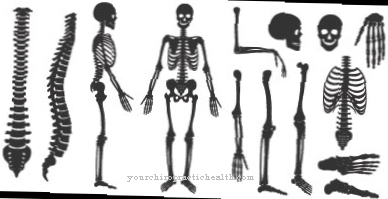
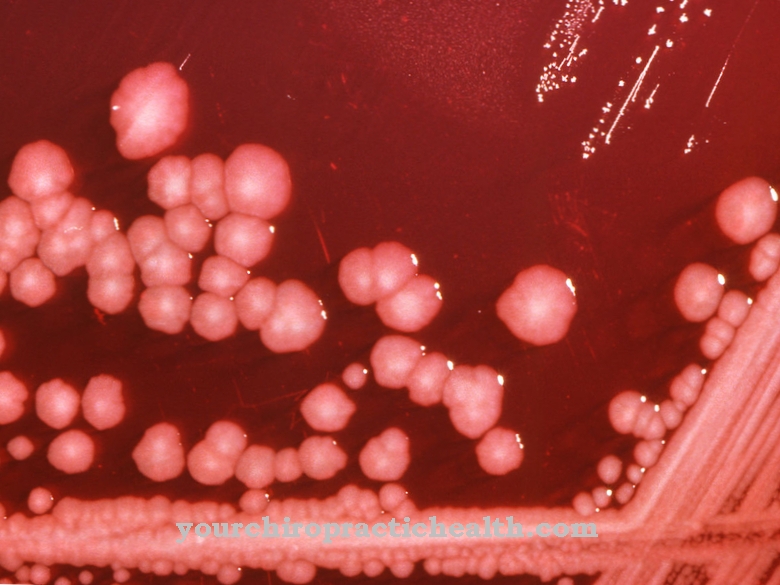


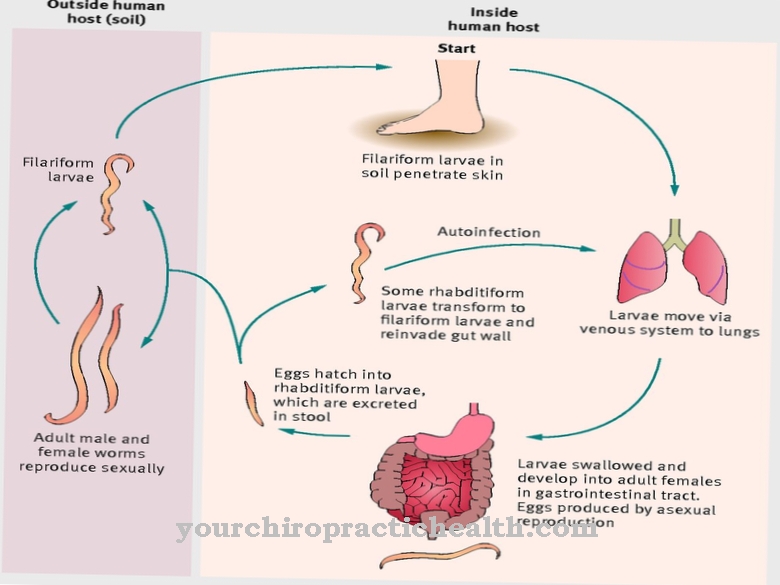

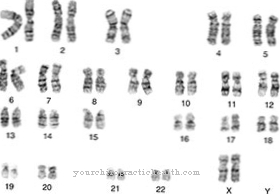

.jpg)

.jpg)
